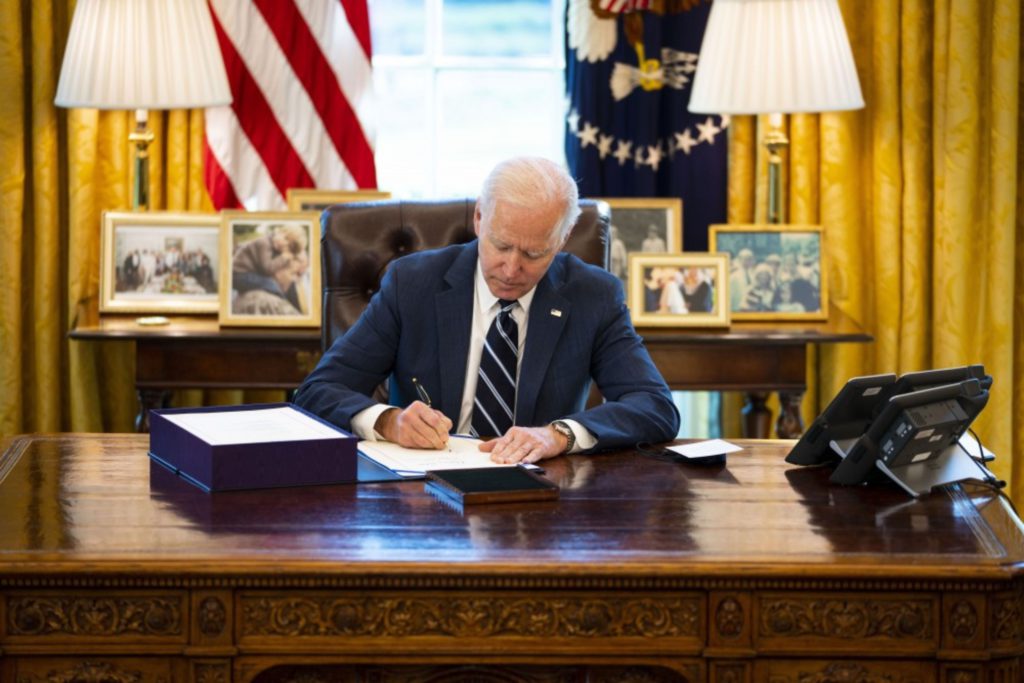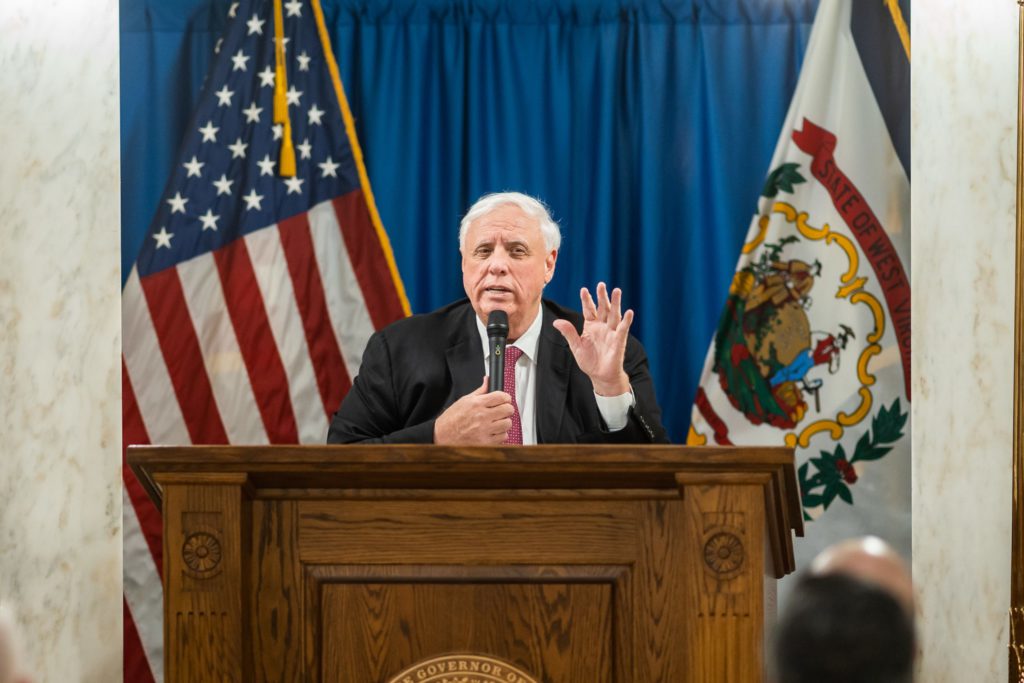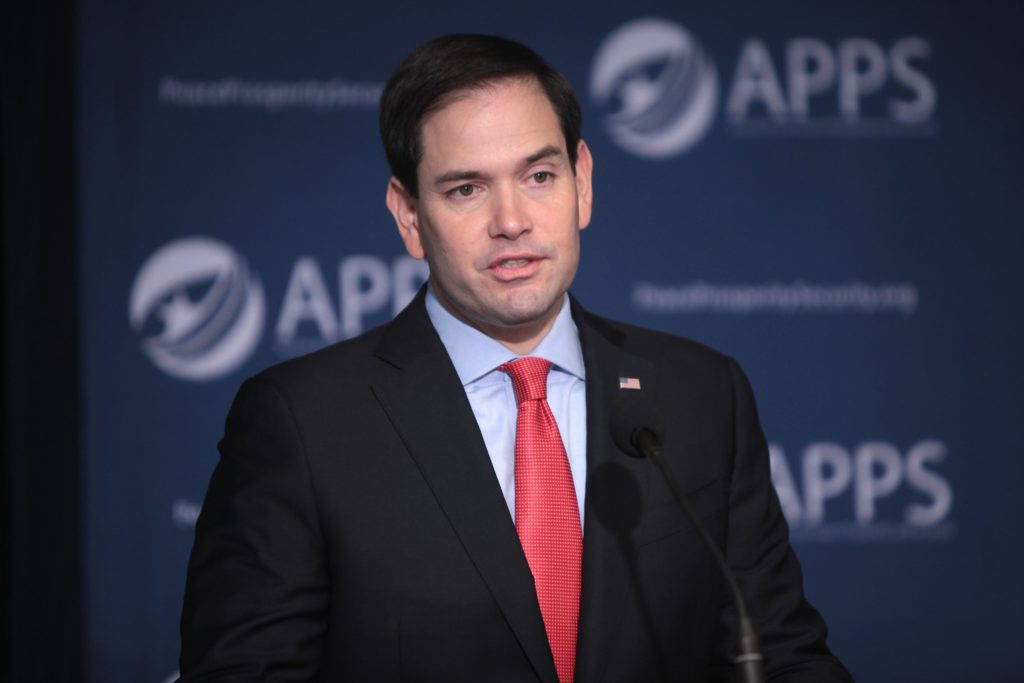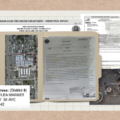With the midterm elections just months away, Republican governors are using funds from the $1.9 trillion American Rescue Plan to quietly push their respective re-elections and agendas at the expense of the funds they once demonized.
With four months to go before the midterm elections, Republican governors are using the stimulus package approved by Democrats in 2021 to quietly push their respective re-elections and agendas at the expense of the funds they once demonized.
All Republicans in Congress and the Senate voted against the $1.9 trillion American Rescue Plan (ARP), which President Joe Biden finally signed into law in March 2021.

The general election on Nov. 8 will determine the balance of power in Congress for the next two years.
As Republicans seek to gain control of the House in November, their proposals increasingly aim to “rein in the trillions of reckless spending dollars” around ARP and other social spending legislation, as Republican conference chairwoman Rep. Elise Stefanik put it.
- An In-Depth Look at the Defense of Venezuela’s Ex-spy Chief Jailed in US
- Thousands of Data Have Been Processed. Now Prosecutors Plan to Reveal More Pandemic Fraud
- Firefighters Couldn’t Determine the Cause of the Miami Flea Market Fire, Report Says
- Illinois Muslim Students Struggle to Find Halal Food
But so far, none of their governors have refused to spend the extraordinary federal funds in their states for various programs. On the contrary, they accelerated the spending machine.
States have appropriated a substantial portion of their Fiscal Recovery Funds (FRF), but more than $75 billion remains, including $40 billion that the Treasury Department will distribute this year to states receiving this assistance in two tranches, said a report by the Center on Budget and Policy Priorities (CBPP).
The thirty-six governors up for election on November 8 want their voters to hear about good health forecasts in the fiscal year 2023 budgets, or strong social investments, two key points in an election year marked by high inflation and rising energy prices.

Revenue growth in FY2022 led to record surpluses for many states, Brian Sigritz, a research fellow at the National Association of State Budget Officers (NASBO), said in an interview.
The Itempnews Project reviewed FY 2023 budget proposals from 33 states, Republican and Democratic, using data collected by NASBO.
The budgets showed specific sections for the use of PRA funds, covering dozens of economic initiatives such as infrastructure, health, and education.
Thanks to improved tax collections, hundreds of millions of federal dollars earmarked for Covid-19 relief, as well as other stimulus plans injected by the White House, governors have greater freedom to spend and push their power agendas.
More money
In a way, Republicans and Democrats are anxious to continue receiving extra money from the Treasury Department to help them keep their accounts healthy while investing in social assistance or wage improvements, which gives them political capital.
Using data collected from all 50 state budget offices, NASBO researchers found that governors proposed net tax cuts that would reduce revenues in FY 2023 by about $15 billion for all state funds.
Lawmakers in at least 14 Republican states, including Arizona, Idaho, and Ohio, are considering or have enacted tax cuts.
In some of these states, lawmakers have proposed drastic changes to their tax systems, including proposals to eliminate the income tax in Mississippi, Arkansas, and West Virginia.
From a 10 percent personal income tax cut called for by Gov. Jim Justice, R-West Virginia, to a similar proposal by fellow Republican Nebraska Gov. Pete Ricketts, whose term ends in early January, across the country surplus public accounts are driving the return of money usually associated with a strong economy and good political management.

This is not entirely positive for states in the long term, because it limits their investment opportunities in the future, warns public policy experts.
” Cutting taxes now would have a serious opportunity cost, reducing states’ ability to address these challenges and leading to long-term harm on the economy and the communities that the pandemic has most affected,” wrote Ed Lazere, a research fellow at the Center on Budget and Policy Priorities, a nonpartisan research and policy institute based in Washington.
State, local and tribal governments are using the Coronavirus State and Local Fiscal Recovery Funds (FRF) program, a part of ARP, which provided $350 billion, to support pandemic recovery plans.
In almost all states, the legislature is involved in the allocation of FRF resources, either by including them as part of an annual or supplemental budget or through legislative fiscal committees authorized to spend those dollars.
This cash flow translated into bonus payments for emergency service workers or investments in water, sewage, and broadband infrastructure, giving some breathing space to the state’s accounts.
But in neither case do the Republican-controlled governorships mention President Biden or the Democrats as managers of the bailout plan, or the negative effects on the economy if ARP had not gone forward, as the Treasury Department indicated in a report.
The law resulted in 4 million more jobs for the economy and nearly doubled GDP growth. Without it, “the U.S. would have moved closer to a double-digit recession by the spring of 2021,” according to the credit rating agency Moody’s.
Much less, Republicans in their governorships are now commenting that the hundreds of millions of dollars in education, housing, food, and daycare funds they are doling out to their citizens were rejected by their entire party when the vote came up for vote in both houses in 2021.
Florida is a sample of that premise.
Republican legislators representing the state before Washington voted “no” on the ARP. The state ended up receiving $8.8 billion in appropriations that it will be able to spend through 2026.
Senator Marco Rubio, R-Florida, went so far as to call the ARP “irresponsible,” while Senator Rick Scoot, R-Florida, called it a “waste” of money.

Now the funds are being invested in their jurisdictions with millions of dollars in education injections, such as at Miami-Dade College.
Florida received nearly $2.4 billion for 260 colleges and universities, including $163 million for community colleges due to the ARP, according to a White House document.
With an eye on Washington
Gov. Ron DeSantis, R-Florida, talks about “Biden-caused inflation” to justify sending financial assistance checks to low-income families using surplus ARP funds, while Gov. Brian Porter Kemp, R-Georgia, does the same in his state.
Both are staunch critics of Biden and are seeking re-election in November.
In the past three months, more than a dozen states controlled by Democrats and Republicans implemented financial aid for their residents as inflation began to hit household budgets across the nation.
Stimulus efforts vary by state but include one-time payments, tax rebates, tax credits, and suspension of taxes on gasoline, which has increased 32% in the last twelve months.
Undoubtedly, the weight of inflation on the economy has become the workhorse of the Republicans in the run-up to the November elections, where gaining control of Congress is key to beating Biden’s political agenda.
The White House recognizes that reducing inflation is its top priority. Released oil from the Strategic Petroleum Reserve to help stabilize gasoline prices, implemented measures to alleviate supply chain disruptions, and pressured the Federal Reserve to clamp down on the situation.
The impact of the measures is beginning to be felt, but slowly.
The Consumer Price Index rose 8.5% in the year to July, up from 9.1% in June, a slower deceleration than economists had projected. Nevertheless, it is still the fastest rate of increase in four decades.
Democratic strategists are sensing that their party is losing support from the working class as they perceive that, unlike the Republicans, they are doing little or nothing to create jobs and a better quality of life.
"To win these voters back, Democrats have got to do more to demonstrate that we are putting American workers first, starting with taking on outsourcing and bad trade deals," wrote Brian Stryker, a Democratic strategist who works with many candidates in the Midwest, in an op-ed.
"If Democrats can’t do these things, they will lose more elections. Many voters are turned off by the Republican culture wars, but they will tolerate them if they believe they are voting for the party that is fighting for their jobs and wallets," Stryker warned.
Carlos Tagliafico helped with editing.






